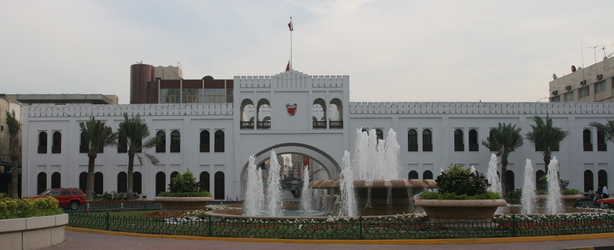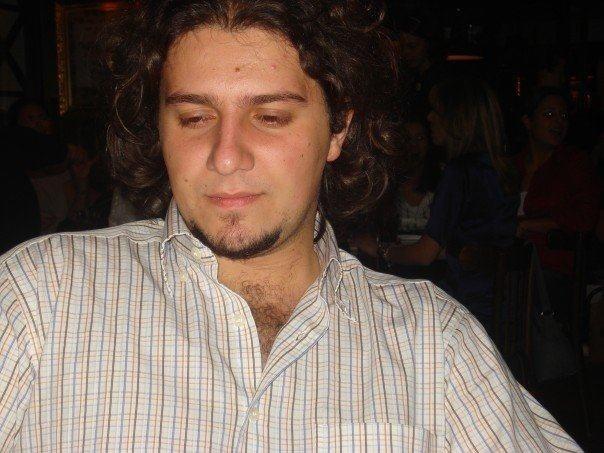
Unlike other cities in the Arab world, before the 19th century the history ofManama survives merely as an unimportant locality recorded in few documents1. Thus, a great deal of confusion – undermining the importance of urban history in the Gulf – is wrought when the history of Manama is understood simply as a transition between pastoral nomadism to petroleum tribalism2.
Manama did not welcome the modern age only through the oil boom in the 1940s and 1950s but takes its point of departure already in the 1880s, during the first era of global capitalism and the boom of pearls from Bahrain and the Gulf in world markets. The imperial history of the city is instrumental in being a passage-way for the penetration of Modernity in the region3.
Pearl diving and trade in Bahrain wasn’t simply the result of small-scale exploration but mainly of an organized bureaucracy that towards the end of the 19th century merged colonial intervention and a centralized government that abolished tribal feudal states giving rise to a series of reforms that unavoidably opened Bahrain and in particular Manama to the rest of the world4.
The heterogeneous society of the islands of Bahrain created a complex dynamics ofurbanization that did not emerge with oil but rather, whose repercussions were still felt after the discovery of oil.
Oil however did not radically transform the pattern of urbanization that Manama had adopted in the course of the 19th century and the modern outlook of the city – in particular its cosmopolitanism – is largely indebted to the position of Bahrain as the region’s first modern state, long before independence, and the rise of Manama as the first regional metropolis.
A series of reforms implemented already since the 1920s gave the city a more or less coherent form that nevertheless did not translate into organic growth. A master plan had been concocted since the 1940s, officially approved in 1968 but only implemented after independence in 1971, with more or less mixed results5.

The most significant urban modernization project that took place in Manama was the famous Bab Al Bahrain, part of the renewal of the waterfront implemented through land reclamation. The project was designed in 1945 as the seat of government which created a city center in accordance with modern regulations and featured modernist architecture into some indigenous features6.
Further land reclamation projects have significantly altered the face of Bab Al Bahrain and have also shifted the functional city center towards the sea – once just across and now about ten minutes away, turning Bab Al Bahrain into a less cosmopolitan and also less Bahraini quarter of the city, in line in global urban trends that increasingly drive elites away from poorly maintained quarters.
It should be noticed that no other city in the Gulf enjoyed a master plan before the oil boom and as such, Bab Al Bahrain remains one of the few public spaces in the Arab world that are not circumscribed to the context of the dynamics of the Islamic city.
Here it is important to nuance the definition of public space: A political space as opposed to a space for politics. The point being raised here is that contemporary public spaces are political insofar as interaction – and exchange – between different segments of society takes place rather than a locus for immediate political participation.
It is in this spirit that the great public squares of Europe were conceived: Places to ground citizenship and civic experience grounded in shared attachment to a built place that provides an enduring home for members of a political community extended over many generations7.
The urban transformation of Manama into high rises and the internal displacement into suburbs of the native population has caused the square to turn into a series of parking lots, while still retaining historical and geographical importance, being located at the very entrance of the Manama souks.
In February 2012, the Ministry of Culture in Bahrain launched the contest “Open Ideas Competition – Bab Al Bahrain” for architects all over the world to propose a redesign of the area according to criteria that may turn it again into a significant public space: Sense of place, connection to the seafront, public activities, soft landscaping, neighborhood context, road traffic and parking, among others.
An interesting article appeared in the Huffington Post under the title “Urban Design Serves as a Tool of Repression in Bahrain” in June, highlighting that “The theorists and practitioners who form the avant-garde of an international community of architectural thinkers are unfortunately, perhaps unwittingly, participating in political repression via urban design.”
The central claim of the author is that there is a connection between the demolition of the Pearl Roundabout in March 2011 in the course of the larger Arab Springprotests in Bahrain and the desire to implement a new public space in the city.
The author also claims that each of the winning designs serves to effectively block public aggregation of people on the square and prevents preemptively peaceful assembly and democratic protests such as those that took place in the former Pearl Roundabout: “Design tactics to achieve this include – flooding the site with water (the winning proposal), creating a wall around the site, and filling the site with parking spaces.”
The great misunderstanding of the article in question is that it underestimates the dynamics of Modernity in the Arab world as independent of technical, economical and ideological considerations that have emerged in the region since the 19thcentury.
Disappointment with Modernity and/or the alternative version of reckless modernism without foundation – the criticism often passed on the skyline of Dubai – in theMiddle East is not an anti-modern gesture.
Paradoxically enough it was the oil economy what transformed port towns such as Manama and Kuwait City from pluralistic and cosmopolitan centers into “Arab” cities, showcasing the paradoxes of Modernity in which the processes of liberalization are often parallel to increasing hegemony and the results of national homogenization are often less satisfactory than the natural result of more or less loose frontier societies8.
Disappointment is also part of Modernity’s survival and an intense form of irony about itself. Modernity reproduces itself in unexpected ways because it is an open-ended cycle that can happen in a variety of forms – democracy, authoritarianism, totalitarianism, fundamentalism and everything in between – and one shouldn’t be deluded into assuming that only democratic modernities are functional; a myth long dispelled by China and the former Soviet Union.
The urban history of Manama has shown time and again that its status as the location of a frontier society is also the result of Modernity, albeit in radically nuanced ways. To ignore that this Modernity is idiosyncratically rough-edged at the contours just like Western Modernity is in many other respects, is simply a futile attempt to dovetail history in such a way that is no longer available to moderns.

[1] Nelida Fuccaro. Histories of the City and the State in the Persian Gulf: Manama since 1800 (New York: Cambridge University Press, 2009): 60.
[2] Nelida Fuccaro. 2009: 10.
[3] Nelida Fuccaro. 2009: 10.
[4] Fuad Khuri. Tribe and State in Bahrain (Chicago, IL: Chicago University Press, 1980): 85-108.
[5] Nelida Fuccaro. 2009: 191-192.
[6] Nelida Fuccaro. 2009: 193-195.
[7] Ronald Beiner, “Our Relationship to Architecture as a Mode of Shared Citizenship: Some Arendtian Thoughts” in Techné, Vol. 9:http://scholar.lib.vt.edu/ejournals/SPT/v9n1/beiner.html
[8] Nelida Fuccaro. 2009: 3.










